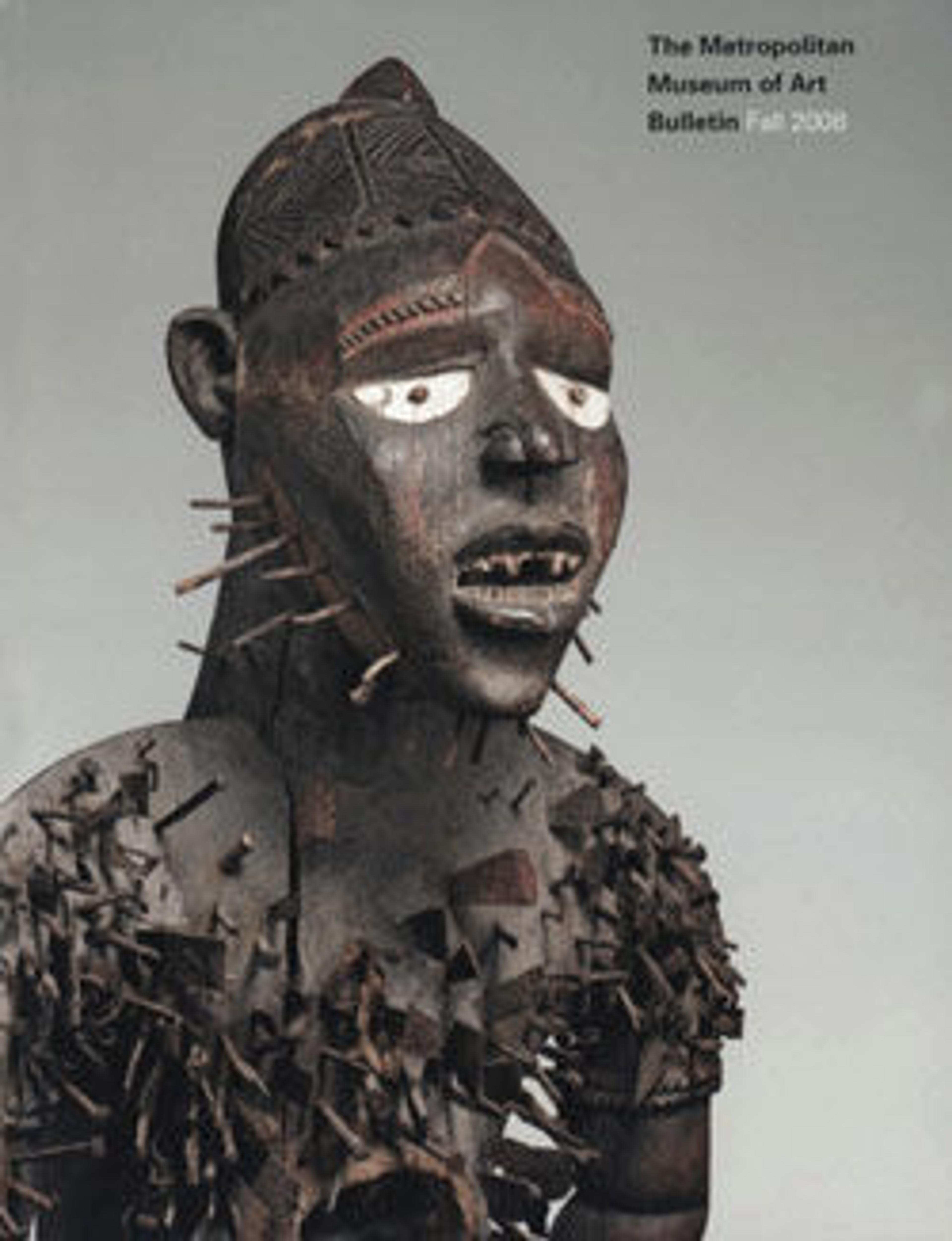The Glorification of the Royal Hungarian Saints
Monochrome, or grisaille, oil sketches allowed artists to work out complex light effects independent of the diverse color palettes used in their final paintings. This work, with its sophisticated spatial organization, was executed for the Hungarian Cathedral Basilica of Győr by Maulbertsch, who painted in the Venetian tradition embodied by Giovanni Battista Tiepolo. Saint Ladislaus I, king of Hungary in the late eleventh century, appears at lower left, while Saint Stephen, who ruled several decades earlier, and his son Saint Emeric are shown at the summit of clouds. Careful use of a subtle range of whites and light gray creates the illusion that the Trinity hovers in the heavens, far above the other figures.
Artwork Details
- Title: The Glorification of the Royal Hungarian Saints
- Artist: Franz Anton Maulbertsch (Austrian, Langenargen am Bodensee 1724–1796 Vienna)
- Date: ca. 1772–73
- Medium: Oil on canvas
- Dimensions: 27 1/2 x 19 7/8 in. (70 x 50.5 cm)
- Classification: Paintings
- Credit Line: Purchase, Friends of European Paintings Gifts, 2007
- Object Number: 2007.28
- Curatorial Department: European Paintings
More Artwork
Research Resources
The Met provides unparalleled resources for research and welcomes an international community of students and scholars. The Met's Open Access API is where creators and researchers can connect to the The Met collection. Open Access data and public domain images are available for unrestricted commercial and noncommercial use without permission or fee.
To request images under copyright and other restrictions, please use this Image Request form.
Feedback
We continue to research and examine historical and cultural context for objects in The Met collection. If you have comments or questions about this object record, please contact us using the form below. The Museum looks forward to receiving your comments.
